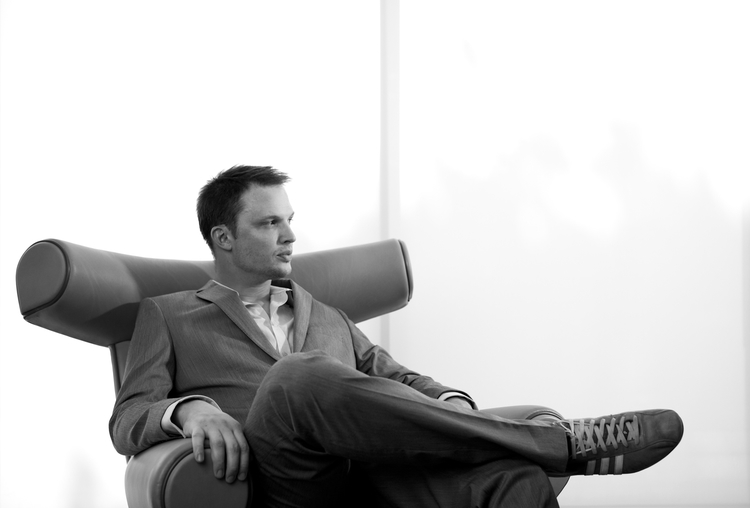Joshua Rice began his career in architecture and interior design long before he knew the concept of a resume. As a child growing up in Tulsa, Oklahoma, he was bizarrely talented with Legos and exceptional when it came to putting pencil to paper. These days, Rice uses those innate skills to not only decorate living rooms and dining areas, but also craft original pieces he envisions inside the spaces.
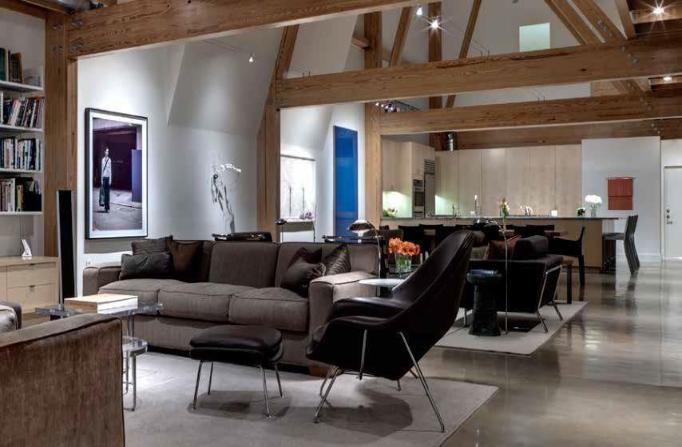
What prompted you start your own business?
Over the last 15 years, I have developed an extensive knowledge of decorative art, classic modern design, and furniture. Especially in terms of the collectability and the value of such items. I wanted to not only design spaces, but to work with clients to curate an impressive collection of furniture and design objects to fill those spaces.
What’s the first thing you do when you see a space that you are contracted to decorate or design or build for?
Evaluate it. Most importantly, the design needs to be appropriate and complimentary to the surrounding architecture. I evaluate the integrity of the existing architecture. For example, if it is an old house, does it need to be renovated or do previous insensitive renovations need to be corrected? Are there things that need to be updated?
Next, I try to develop the most dynamic and logical furniture plan I can for the space, while simultaneously creating a schematic list of furniture, and decorative objects that might be appropriate for that space.
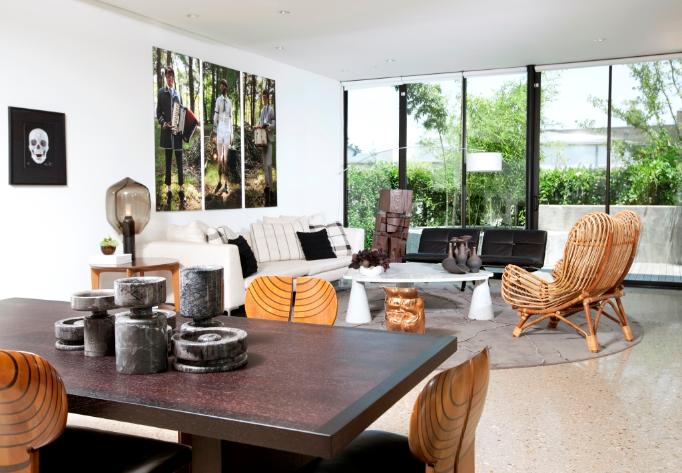
You mention a furniture plan, what exactly does that mean? Do you picture the pieces in your head and how do you go about manifesting those?
For example, I’ll look at a space and say, “Well, because there are windows behind that chair it should have a low back to optimize the view.” And then because they sit next to each other, they need to be armless so you’re not cutting yourself off conversationally from the other furniture in the room. Or for example, if it’s a small room, [the chair] needs to be petite and float above the ground on delicate legs so you get the illusion that there is more space. When selecting an item of furniture, I have a checklist of functional and aesthetic features that need to be satisfied, and I back into the final selection that way, rather than just saying, “Oh, I like that chair.”
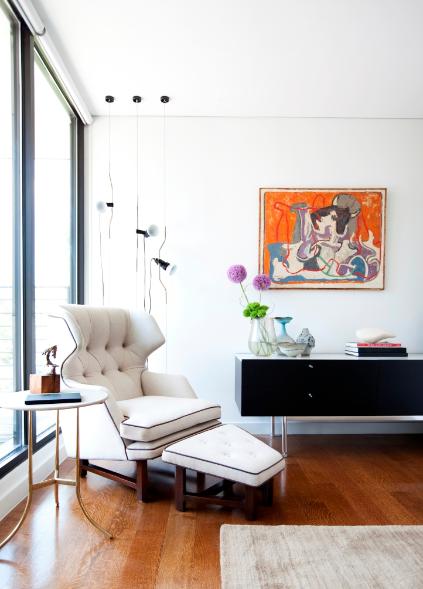
What kind of color palettes or schemes are your favorite and why?
I’m pretty partial to neutrals. I like a lot of greys, browns and taupes. I don’t mind little pops of color, but I think color is subject to current trends and it goes in and out of fashion. In my opinion, it’s best to reserve color for decorative objects and pillows rather than furniture or rugs. If you’re spending $6,000 on a lounge chair, you don’t want something that’s going to look dated in five years.
Is that what drew you into modernism as your type of style?
That’s an interesting question. I guess I consider myself more logical, rather than an artsy, creative person. I seem to approach a design more like a complex problem to be solved instead of a space to be decorated. Because of that, modernism makes more sense to me.
If I see an elaborate, overdone, traditional space, it doesn’t intrigue me. I know that there’s nothing inherently wrong with other non-modern design styles, but I tend to find them busy or unappealing. It doesn’t fit within my sense of logic.
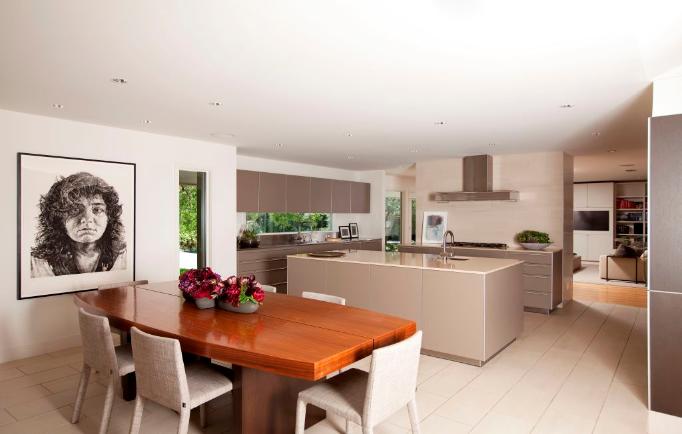
Where does your creativity and originality in design come from?
If somebody were to ask what makes me a good designer, I would have to say that because I have the ability to educate my clients, their money will be better-spent with the collection that I curate. It will hold its residual value better. You’ll grow to appreciate it more. here’s going to be a lot more hours of contemplation and thought put into every selected piece.The fact that I’m getting to do what I love, and that I can make a living out of it is probably what gives me the most inspiration.
What things do you enjoy doing the most when you’re designing?
, I really enjoy educating clients on the importance of good design. During the design process,I find it rewarding to help broaden and refine a client’s taste in design help them express those newly cultivated sensibilities. It is satisfying to introduce clients to the subtly of good, collectible antique, mid-century and vintage pieces so they don’t think of them as old, but rather something special and unique. Many times with new projects, the client thinks modern equals shiny and new and just wants everything right out of the showroom. I think the best interiors are an even mix of old and new. The juxtaposition of the two makes you appreciate the amazing quality and refinement of the new, while simultaneously respect the history and craft of the old.
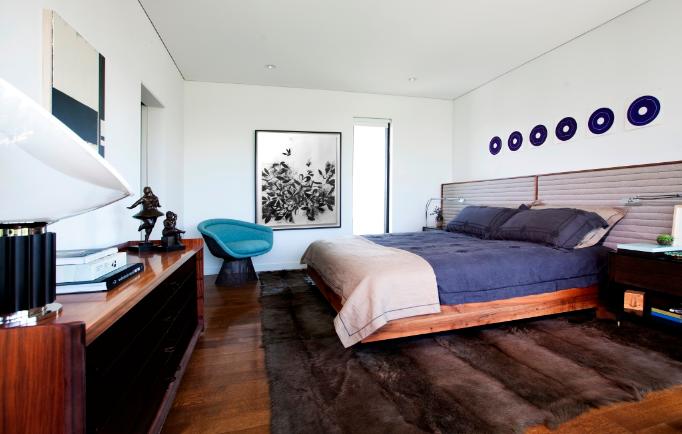
Do you have any unwavering principles to your work?
I won’t knock anything off. If a client sees something at a showroom and they say, “I like that but it’s too expensive, can you have it made?” I won’t ever do that, under any circumstances. I’m very firm about the importance of intellectual property. Instead, I will offer to design them something unique, or present less-expensive options.
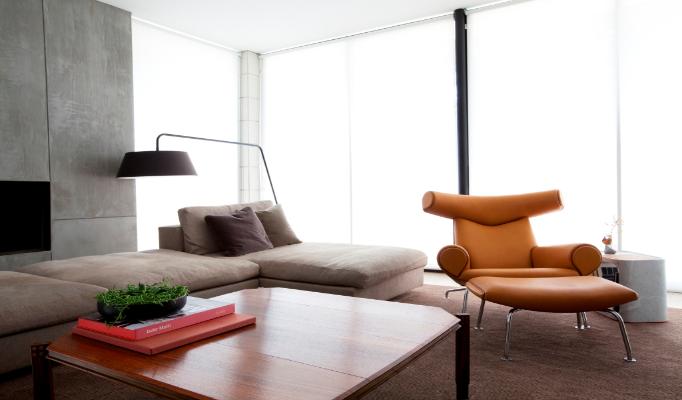
to find out more about Joshua Rice, visit joshuaricedesign.com

